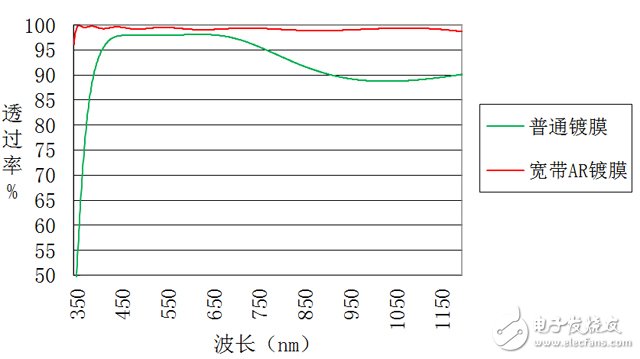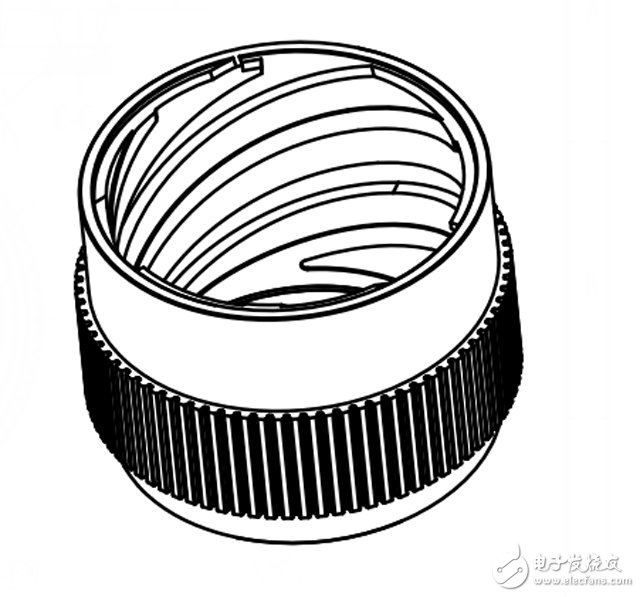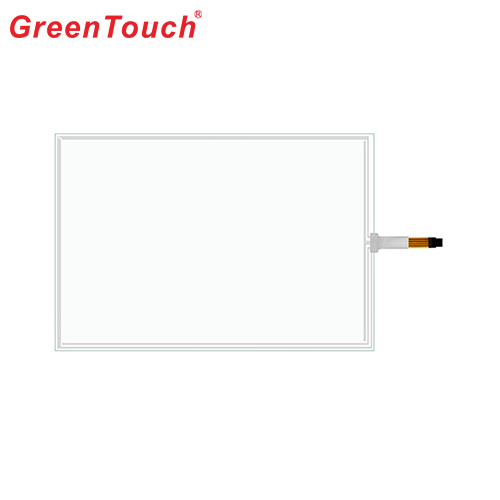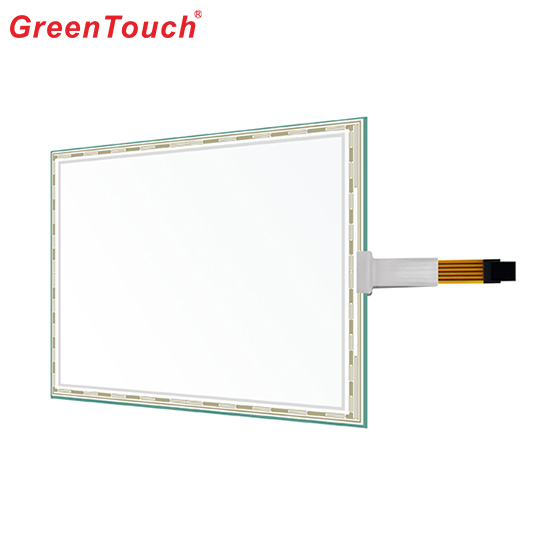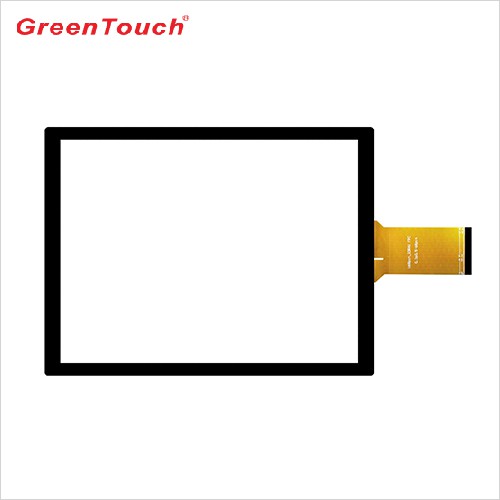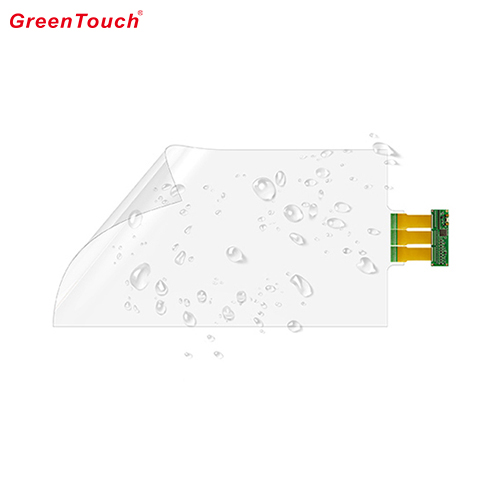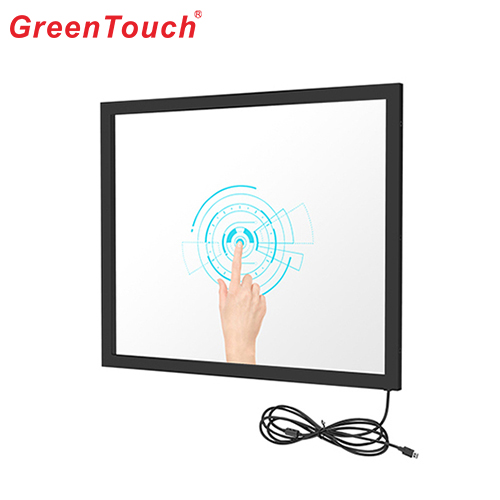In 2015, the security monitoring industry continued to develop rapidly, and the pace of video surveillance HD was getting deeper and deeper. At the same time, high-definition also promoted the network and intelligentization of video surveillance and accelerated the process of high-definition surveillance. Before the popularization of high-definition, users of monitoring equipment often encounter such a situation. When collecting evidence or collecting clues, there are surveillance cameras on the scene, but after viewing the video, the video footage is poor, the characters are blurred, and the snow is noisy. At night, it is dark and it is difficult to extract valuable information. These videos are even dubbed "Impression oil paintings composed of Tetris." First, the development status of surveillance cameras In recent years, with the development of security technology, high-definition technology has begun to be widely used, and high-definition cameras have gradually replaced standard-definition cameras, becoming the mainstream of the market. High-definition cameras can provide users with better picture quality, more detailed information, and reduce the "Imperial Impression Oil Painting" mime. The high-definition effect of the camera is not only relying on higher-pixel sensor, better ISP technology, more efficient storage technology, HD lens is also the key technology, there is no matching HD lens, HD camera can not play the HD as it should effect. High-definition lenses, also known as ultra-megapixel lenses, have advantages such as high definition, strong spectral transmission, and more precise workmanship than ordinary lenses. Generally, the center of the lens imaging circle and the resolution of the 0.7 field of view are selected as the criteria for judging the definition of the lens. The center of the imaging circle and the 0.7 field of view can reach more than 1000 TVLine, which is called an HD lens. Since 2010, HD lenses have maintained an average annual growth rate of more than 10%. At present, the main brands in the domestic CCTV HD lens market include Hikvision, Phoenix Optics, Fujian Fuguang, Xiamen Liding and other domestic brands, as well as Fujinon, Tamron, Computar, Pentax and other Japanese brands. Due to the rapid advancement of domestic optical technology and the trend of localization of security lenses, domestic brands represented by Hikvision gradually replaced Japanese brands and began to occupy more market share. With the precise grasp of market demand and the unremitting pursuit of performance and quality, Hikvision's HD lens products have already covered 1/2.7†HD infrared zoom, 1/1.8†HD IR zoom and ITS HD. Series. Figure 1 Hikvision HD lens Second, four core technologies The lens itself is a high-precision optics, especially for high-definition lenses. The reason why HD lenses have better HD performance is inseparable from the key technologies they use: 1. Ultra-precision molding aspherical technology The traditional spherical technology has developed to the present day, and its design technology and manufacturing process are quite mature, and it has been widely used in almost all fields of the optical industry. However, when designing complex HD lenses, the imaging of spherical technology is not optimal. Aspherical technology corrects for spherical aberration and greatly improves the image quality of the lens. The shape of the aspherical lens is precisely calculated and molded by a precision machine. An aspherical lens can achieve the aberration correction effect of multiple spherical lenses. The lens with ultra-precision molded aspherical lens can effectively reduce the lens volume, make the lens more clear, better transmittance and more accurate color reproduction. Figure 2 Aspherical technology 2. Multi-layer broadband anti-reflective coating technology Multi-layer broadband anti-reflective coating technology can maximize the light transmittance of the lens and reduce the residual reflection of light on the surface of each optical lens. This technology can reduce the visible light reflectance of the glass and air interface to within 0.5% while reducing the reflectance of near-infrared light to about 1%, as shown in Figure 3. Through high-quality coating, unnecessary stray light and ghost images on the image are reduced, the transparency of the image is effectively improved, and a reliable high-definition effect is ensured. Figure 3 Comparison of ordinary single-layer antireflection coating and multi-layer broadband antireflection coating 3. Ultra low dispersion material technology Ordinary surveillance lenses are also designed to correct for aberrations of different wavelengths of light (red, green, and blue), but usually focus the red and blue lights at the same position on the same position, but with the green focus in the middle. Still not coincident, that is, there is a second-level spectral aberration, which limits the lens image quality to further improve. In order to correct the secondary spectrum, such as the Hikvision surveillance HD series lens, the ultra-low dispersion optical glass material is widely used, and the dispersion characteristics of the conventional optical glass can be used to focus the red, green, and blue colored lights to the same On a flat surface, as shown in Figure 4, the lens has better HD performance. Figure 4 Ultra-low dispersion glass corrected secondary spectrum 4. Precision zoom cam design technology For a high-definition zoom lens, the image quality depends largely on the accuracy of the zoom cam. Through the rotation of the cam, the zoom and the focus group lens are moved back and forth, thereby achieving continuous change of the focal length and adjustment of the focus point. If the accuracy of the cam is not good, the shift or tilt of the optical axis of the lens inevitably occurs during zooming and focusing, resulting in a serious deterioration in image quality. Hikvision's high-definition series of surveillance cameras, using precision zoom cam design technology, ensure good cam manufacturing accuracy, ensure image quality during zooming and focusing, and ensure a smooth and undamped feel. Figure 5 Zoom cam used by Hikvision HD lens
We are a professional production of Touch Screen manufacturers, touch products for many years of production, business and development experience.We are committed to providing customers with a variety of standard touch screen products, including: 4 Wire Resistive Touch Screen,5 Wire Resistive Touch Screen,Capacitive Touch Screen, Interactive Touch Foil , Infrared Touch Screen , Infrared Touch Frame .These products are widely used in industry,GPS,finance,medical care,transportation, electronic education and game entertainment and other fields.
Our product pictures shown below:
Touch Screen Touch Screen Panel,LED Touch Screen,LCD Touch Screen,Industrial Touch Screen,Monitor Touch Screen,Advertising Touch Screen ShenZhen GreenTouch Technology Co.,Ltd , https://www.bbstouch.com

